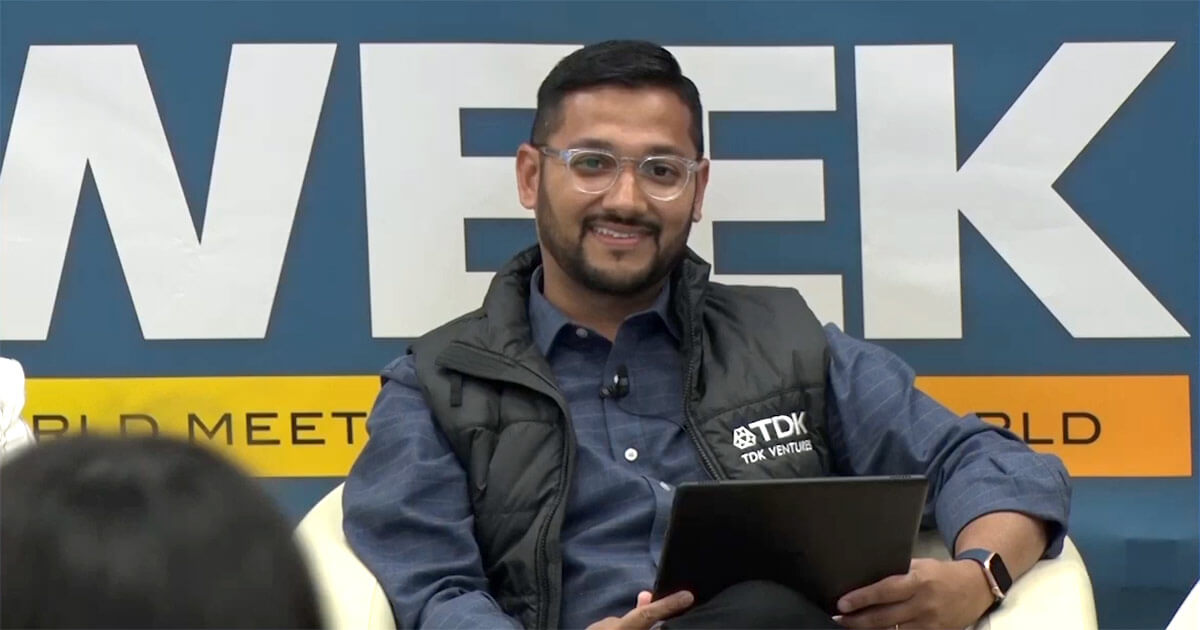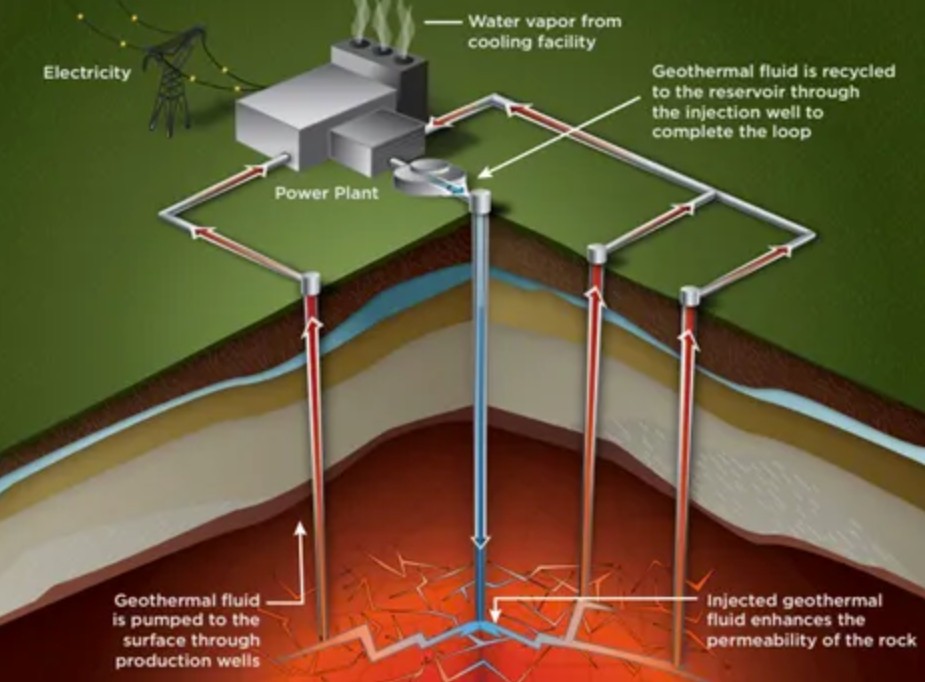Introduction
Software, Hardware Assume Leadership Roles as OEMs Invest in Technology
As incumbent and entrepreneurial automobile companies take on the challenge of creating autonomous vehicles, they develop an unsatiable appetite for technology. Sensors, optics, artificial intelligence, machine learning, object recognition, and biometric interfaces all will play roles when the first truly self-driving cars take over the world’s highways. The continued mobility evolution from mechanical systems to digital solutions has recreated the automobile OEM/supplier dynamic, contends Hiroko Osaka, Head of Asian Marketing at LexisNexis Intellectual Property Solutions.
Speaking as part of a panel on day 2 of TDK Ventures’ Digital Transformation Week 2023, Osaka observed that today, software vendors such as Baidu and Nvidia are as much a part of the car-making landscape as Bosch and Denso, Cummins, and Continental. And, thanks to the push for more technology-assisted driving, China and the United States are running neck-and-neck in the race to file the most autonomous driving-related patents.
Japan led the way from 2000 to about 2015, she said. That’s when the U.S. took over and started to really invest. Around the same time, Germany moved into third place, but Japan reclaimed it in 2022. It was at that time that China wrested the top spot and has been obtaining more such patents than anyone else in the world ever since. China and the U.S. still are far ahead of the field, thanks to large investments in the technology, Chinese government incentivization programs, and large private-vehicle ownership markets.
“This is going to be a service-based industry,” concluded moderator and TDK Ventures Managing Director Anil Achyuta. “There’s going to be knew experiences and new business models that need to come together. The value capture is the most important thing. You see a lot of venture dollars going into the Chinese and US ecosystems. More investment drives more innovation that shows up in the form of patents. That does not mean that other countries are not innovative. It’s just that there’s more investment in China and the U.S..”
Osaka displayed charts that explain the evolution of the automobile market in the wake of the push for self-driving technologies.
“In recent years, we have started to see software companies like Nvidia and Baidu (entering the auto-supplier space),” she explained. “Nvidia formed a partnership with Mercedes-Benz back in 2016. The chart shows that Toyota has about 1,900 patents — most among the companies listed. But the Y axis is the quality of the technology. Nvidia has a very significant quality that is providing Mercedes-Benz’s autonomous-driving technology development. Same with Baidu, which is doing business with Ford.”
Shinpei Kato, founder, CEO and CTO at TIER IV, Inc., which facilitates access to open-source autonomous driving technology, said software not only is transforming the auto industry, but also instilling confidence in the feasibility of autonomous vehicles in governments. In TIER IV’s proof-of-concept tests into autonomous driving of public transportation vehicles,
His company’s experiments in autonomous driving for public transportation, “we have found a lot of issues and solutions to move forward,” he said. “In levels 2, 3, and 4, we use similar classes of technology (even though) regulations and loads are completely different.”
He said his company’s partners are working to perfect Level 2 and Level 3 driver-assist products, where human/machine interaction is more significant than just automated functions and to develop in Level 4 AI-controlled driving.
In all instances, Kato said, “the most significant finding over the last five years is that if we can define a condition, including environment, weather, and all the other details, for (intelligent) vehicles to operate, the government is now willing to issue a road permit.”
He said some of his company’s partners have demonstrated these capabilities and the redundant safety systems onboard the vehicles they need to deploy live tests.
“You will see a couple of companies this year offering real services in very limited conditions,” he said. “I’m strongly confident that this year Japan will have Level 4 commercial vehicle service.”
And technology is leading the way, helping car companies collect and analyze data related to routing, road, and weather conditions. The stringent requirements before allowing test vehicles on the road are as they should be, Kato said.
“We shouldn’t recognize Level 4 vehicles as special,” he advised. “We have to operate them under the same guidelines as human-driven vehicles. Most autonomous-driving startups fail in technology. They can’t even enter the market because they don’t have it. The 10% to 20% that do have the technology define the market. Still, we are struggling (to manage) the tradeoffs. If you want to create high-quality vehicles, you need more money, you need more time. If you prioritize cost, you have to compromise quality.”
Companies that can strike a delicate balance will take a market-leadership role, he said. The Japanese government has given significant support to companies seeking that optimal balance point. TIER IV’s open-source approach is designed to keep costs low and development times as short as possible.
“We don’t want to build a system alone because it takes time and needs money,” Kato said. “We are the central point of this community to manage quality. So, we are using open source so everybody can work on the development of software.”
Osaka agreed that this collaborative strategy will pay dividends and that it is opening the doors to software firms that want to enter the automotive industry.
“Newcomers are changing the landscape,” she commented. “Tesla has high-quality patents, but not many. I don’t think other OEMs will move to vertical integration like Tesla is doing. Tesla itself cannot develop such high-quality technology. You have to partner with companies like Nvidia or, of course, TDK. Growth will come from this new ecosystem and partnership model with Tier 1 and software technology companies.
That is especially true in the passenger car market, Kato agreed.
“Everybody thinks the number of patents is one of the key performance indicators,” he elaborated. “But Tesla, even though they have few patents, has vertical integration. They don’t really need so many patents, because they have everything in-house. It depends on the business strategy, because Tesla is not going to sell 10-million vehicles per year. But if you want mass production, you need partners to make global expansion, because your customers may have constraints.”
This discussion was just one of three enlightening segments included in the panel discussion on mobility conducted from Tokyo, the second stop on TDK Ventures’ 3-day DX Week 2023 tour. The second annual event opened in Silicon Valley and concluded in Bangaluru. DX Week 2023 brought together some of the world’s brightest talent in the digital space. Held over three days in three global technology hubs — Silicon Valley, Tokyo, and Bengaluru — the panels, interviews, and lectures centered on the nexus between the analog and digital environments. The most prestigious thought-leadership event of the year, DX Week 2023 highlighted the insights, best practices, and visions that will guide digital technologies toward creating a more productive, inclusive, and sustainable planet.



